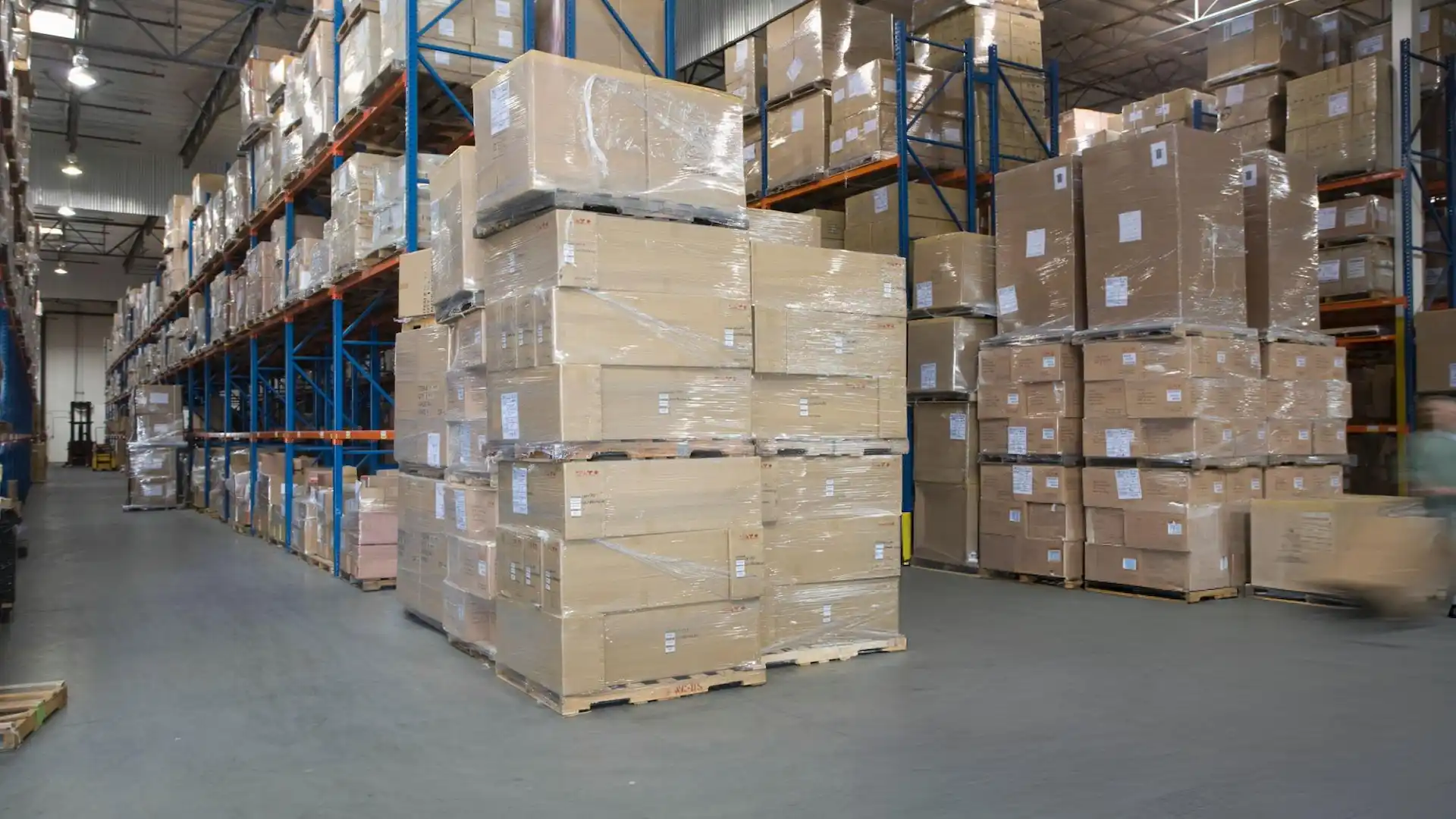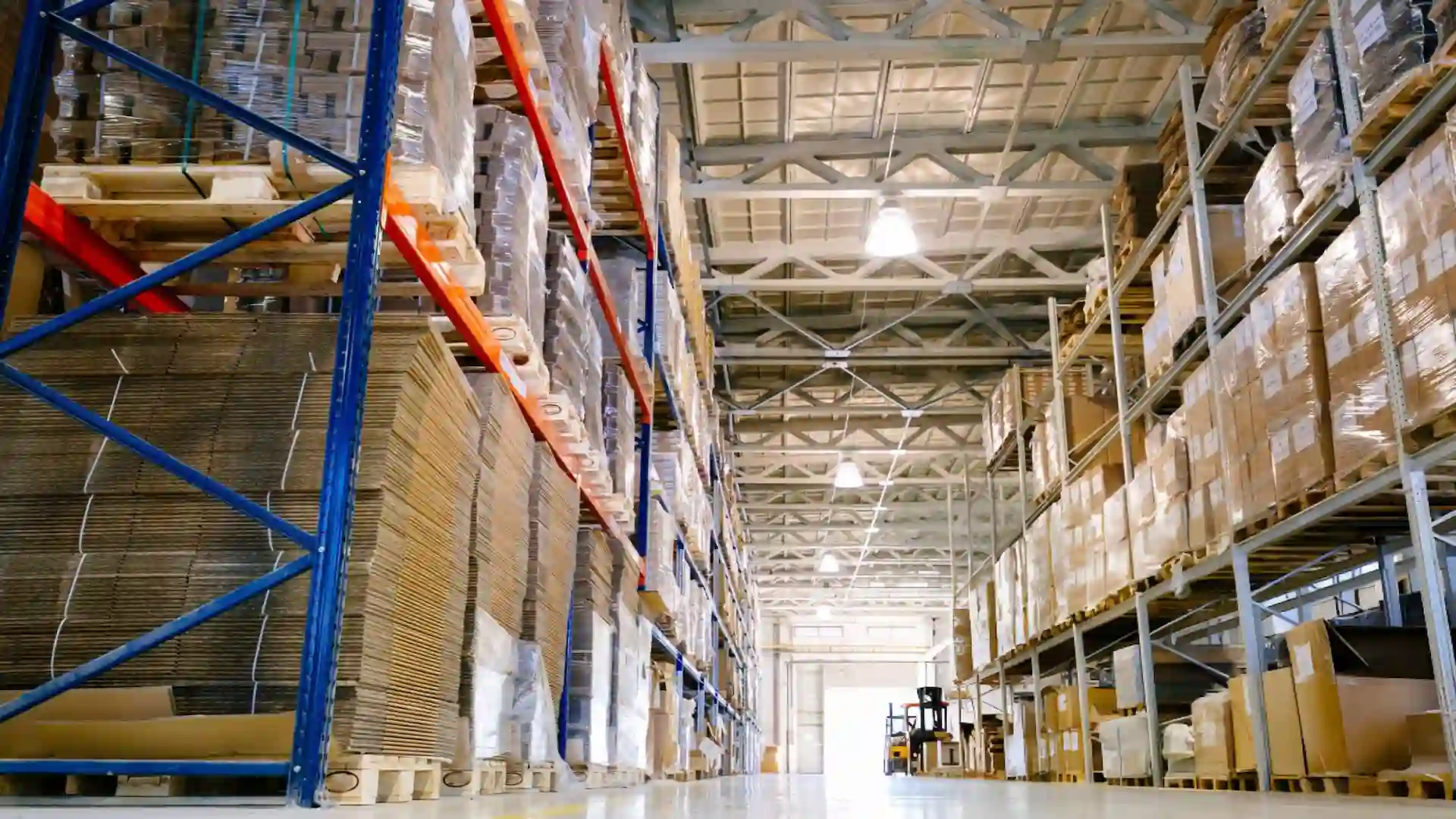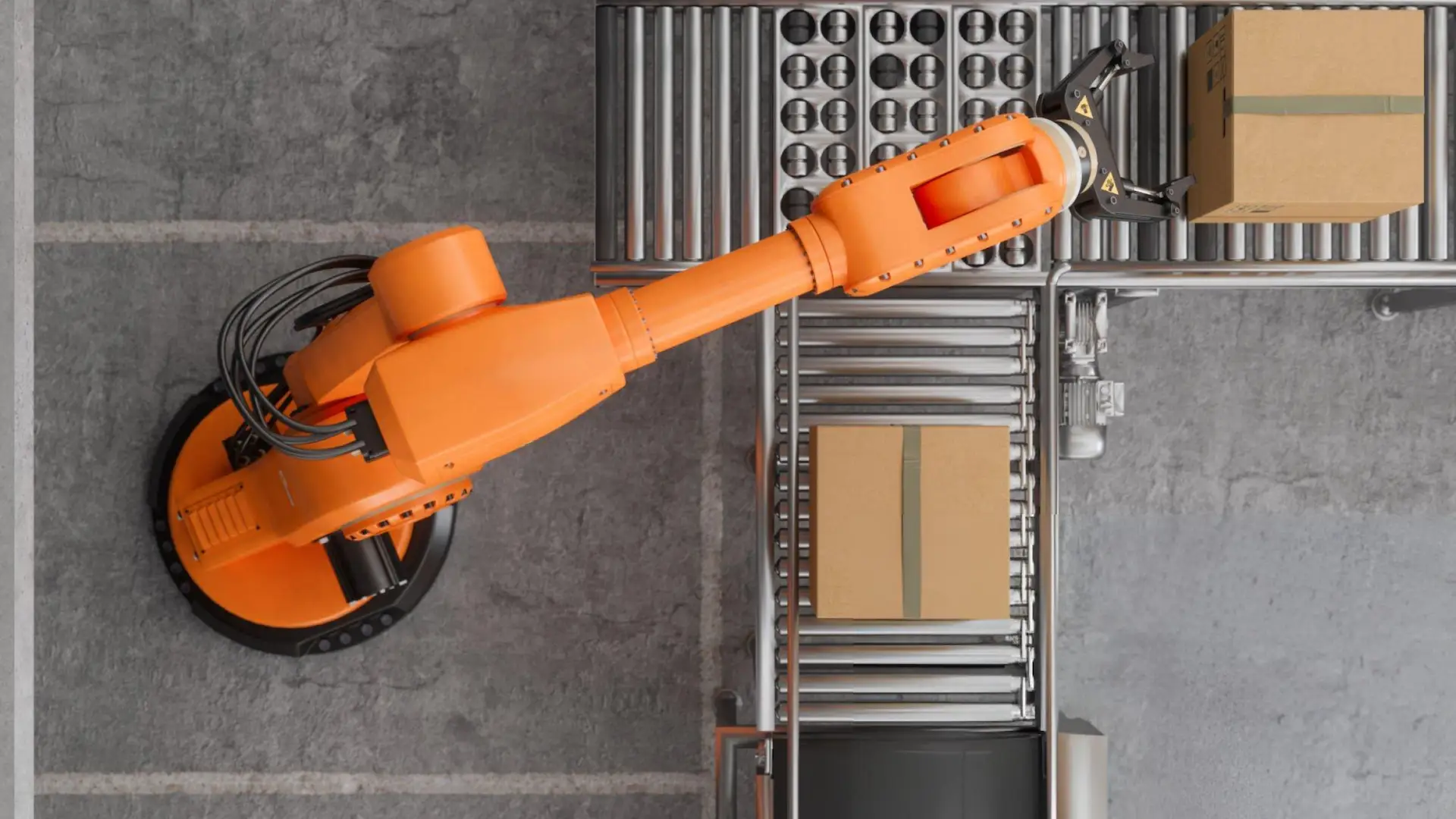Creating a Winning Ecommerce Distribution Strategy

Building an effective ecommerce distribution strategy is central to the growth and sustainability of any online brand. It involves much more than simply delivering products. From inventory management to ecommerce shipping, each part of the distribution model contributes directly to customer satisfaction, cost control, and overall operational efficiency. A well-structured distribution plan ensures products reach the right customer, at the right time, using the right channel.
With ecommerce evolving quickly, companies must adapt their distribution strategies to remain competitive. Businesses now face rising expectations for faster shipping, more delivery options, and real-time order updates. Without a reliable system in place, delays and errors become inevitable. This is where 3PL fulfillment providers like Atomix Logistics step in, offering expert solutions to optimize ecommerce fulfillment and improve last-mile delivery performance.
What Is an Ecommerce Distribution Strategy?
An ecommerce distribution strategy outlines how products move from a warehouse for ecommerce brand operations to the end customer. It covers the selection of distribution channels, the technologies used to manage inventory, and the partnerships formed with third-party logistics (3PL) providers. Brands that take a structured approach to their distribution often reduce operational friction and improve margins.
There are several types of ecommerce distribution models:
Direct-to-Consumer (DTC)
- The brand sells and ships directly to the customer.
- Offers more control over the customer experience and branding.
- Requires a solid in-house logistics or fulfillment services setup.
Third-Party Marketplaces
- Products are listed and sold via platforms like Amazon, Walmart, or eBay.
- Fulfillment can be handled by the marketplace or outsourced to a 3PL.
Hybrid Model
- Combines DTC and third-party marketplace strategies.
- Helps expand reach while keeping direct control over certain channels.
Each model has pros and cons depending on product type, average order volume, and market reach. The best ecommerce distribution strategy usually includes a mix of channels tailored to business goals.
Challenges in Ecommerce Distribution
Ecommerce distribution comes with unique challenges that can slow growth if not addressed. Common issues include:
- Inventory inaccuracies: Mismanaged inventory leads to overstocking, backorders, or lost sales.
- Inefficient order fulfillment: Slow pick-pack-ship processes delay ecommerce shipping.
- Lack of integration: Poor synchronization between ecommerce platforms and fulfillment services creates bottlenecks.
- Limited scalability: Brands struggle to scale when relying solely on in-house operations.
Brands that work with 3PL fulfillment partners like Atomix Logistics benefit from scalable infrastructure, advanced order fulfillment software, and integrated shipping networks that support rapid expansion.
Best Practices for Ecommerce Distribution
A winning ecommerce distribution strategy must be agile and data-driven. Here are proven methods used by successful ecommerce brands:
1. Use Technology to Streamline Operations
- Order fulfillment software connects ecommerce platforms with fulfillment centers for seamless processing.
- Real-time inventory management helps prevent overselling and stockouts.
- Automation tools reduce human error and accelerate picking, packing, and shipping.
Atomix Logistics offers robust integrations with major ecommerce platforms like Shopify, WooCommerce, and BigCommerce. This enables brands to track inventory and orders across multiple sales channels.
2. Choose the Right 3PL Fulfillment Partner
- A reliable 3PL should offer transparent pricing, reliable ecommerce shipping, and fast delivery times.
- Evaluate service levels, fulfillment accuracy rates, and technology capabilities.
- Choose a provider with experience supporting ecommerce brands and high-volume SKUs.
Atomix Logistics provides 3PL shipping solutions tailored to ecommerce companies. Their distributed warehouse network and automation tools help reduce delivery times and shipping costs.
3. Optimize Inventory Management
- Place inventory closer to demand hubs to reduce transit times.
- Monitor sales trends to plan for seasonal peaks or new product launches.
- Use data insights to minimize excess inventory and holding costs.
With Atomix Logistics, ecommerce brands can store inventory across multiple fulfillment centers. This distributed approach reduces the distance between product and customer, leading to faster ecommerce shipping.
4. Diversify Distribution Channels
- Selling on multiple platforms increases visibility and sales potential.
- Omnichannel strategies reduce dependency on a single channel.
- Use customer data to optimize product listings and marketing across each platform.
Brands that operate across DTC and marketplace channels should ensure all systems are connected. Atomix Logistics supports omnichannel fulfillment, making it easier to manage orders from various sales platforms in one place.
Evaluating Ecommerce Distribution Software and Platforms
Choosing the right tools is a critical part of any ecommerce distribution strategy. Look for platforms that offer:
- Real-time inventory tracking
- Multi-channel order management
- Warehouse performance analytics
- Shipping carrier integrations
- Returns processing
Atomix Logistics offers its own distribution management platform that centralizes these features. Brands can gain full visibility into the order lifecycle, from fulfillment center to doorstep.
Benefits of Partnering with Atomix Logistics
Atomix Logistics offers full-service 3PL fulfillment for ecommerce brands seeking reliable and scalable distribution support. Here is how they stand out:
Multi-Warehouse Network
With fulfillment centers located near major U.S. population centers, Atomix reduces delivery zones and shipping times. This leads to lower costs and higher customer satisfaction.
Fast and Accurate Order Fulfillment
Atomix maintains industry-leading accuracy rates in pick, pack, and ship operations. Their fulfillment services are designed for speed without sacrificing precision.
Seamless Technology Integration
Connect your ecommerce store, marketplaces, and ERP systems using Atomix’s easy integrations. Real-time data sync improves decision-making and reduces operational delays.
Transparent Pricing and No Hidden Fees
Atomix Logistics provides predictable pricing structures. Brands receive clear billing reports and cost analysis for every stage of the fulfillment process.
Scalable Support
Whether you ship 500 or 50,000 orders per month, Atomix adjusts its services to fit your growth stage. Their team works closely with brands to develop a long-term ecommerce distribution strategy.
Final Recommendations for a Winning Ecommerce Distribution Strategy
To compete in today’s ecommerce environment, brands must go beyond basic order shipping. A strong distribution strategy touches every part of the customer experience, from purchase to unboxing. Here are the key steps to get started:
- Analyze current sales channels and identify performance gaps.
- Choose distribution channels based on audience behavior and margin control.
- Use order fulfillment software to automate and track fulfillment operations.
- Work with a 3PL like Atomix Logistics to scale efficiently and reduce delivery times.
- Monitor inventory and warehouse operations to stay ahead of demand.
Decision makers who invest in smarter fulfillment strategies build the foundation for long-term growth. Atomix Logistics has helped hundreds of ecommerce brands expand their reach, improve delivery performance, and streamline fulfillment at scale.
FAQ: Ecommerce Distribution Strategy
What is an ecommerce distribution strategy and why does it matter?
An ecommerce distribution strategy defines how a brand stores, manages, and delivers products to customers across multiple channels. It covers inventory management, fulfillment services, and shipping methods. A strong strategy helps reduce costs, improve delivery speed, and boost customer satisfaction.
How can 3PL fulfillment improve ecommerce distribution?
3PL fulfillment providers like Atomix Logistics handle storage, order fulfillment, and shipping on behalf of ecommerce brands. They offer access to distributed warehouses, automated order fulfillment software, and negotiated shipping rates, allowing businesses to scale quickly without managing logistics in-house.
What is the difference between ecommerce fulfillment and order fulfillment?
Ecommerce fulfillment refers specifically to processing online orders from purchase to delivery, while order fulfillment is a broader term used across retail and B2B operations. Ecommerce fulfillment includes inventory storage, pick and pack services, ecommerce shipping, and returns management.
How do I choose the right warehouse for my ecommerce brand?
Choosing the right warehouse depends on customer locations, shipping speed goals, and inventory needs. Look for a 3PL provider like Atomix Logistics that offers multiple warehouse locations, fast shipping options, real-time tracking, and seamless integration with your ecommerce platform.
What role does order fulfillment software play in ecommerce distribution?
Order fulfillment software connects your online store to your fulfillment centers, automating order routing, inventory updates, and shipping notifications. It reduces errors, improves efficiency, and provides visibility across your ecommerce distribution network, especially when partnered with a reliable 3PL like Atomix Logistics.

.svg)
.svg)
.svg)




